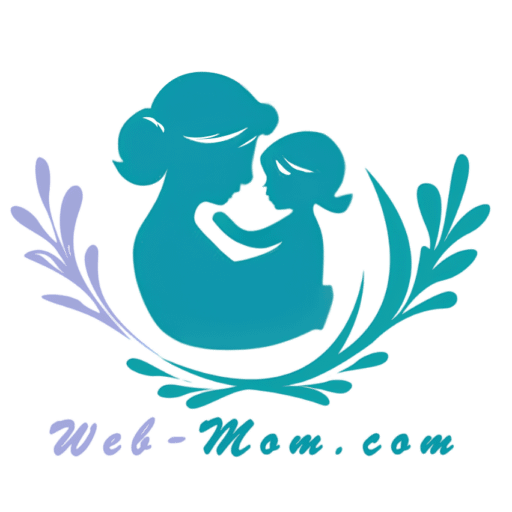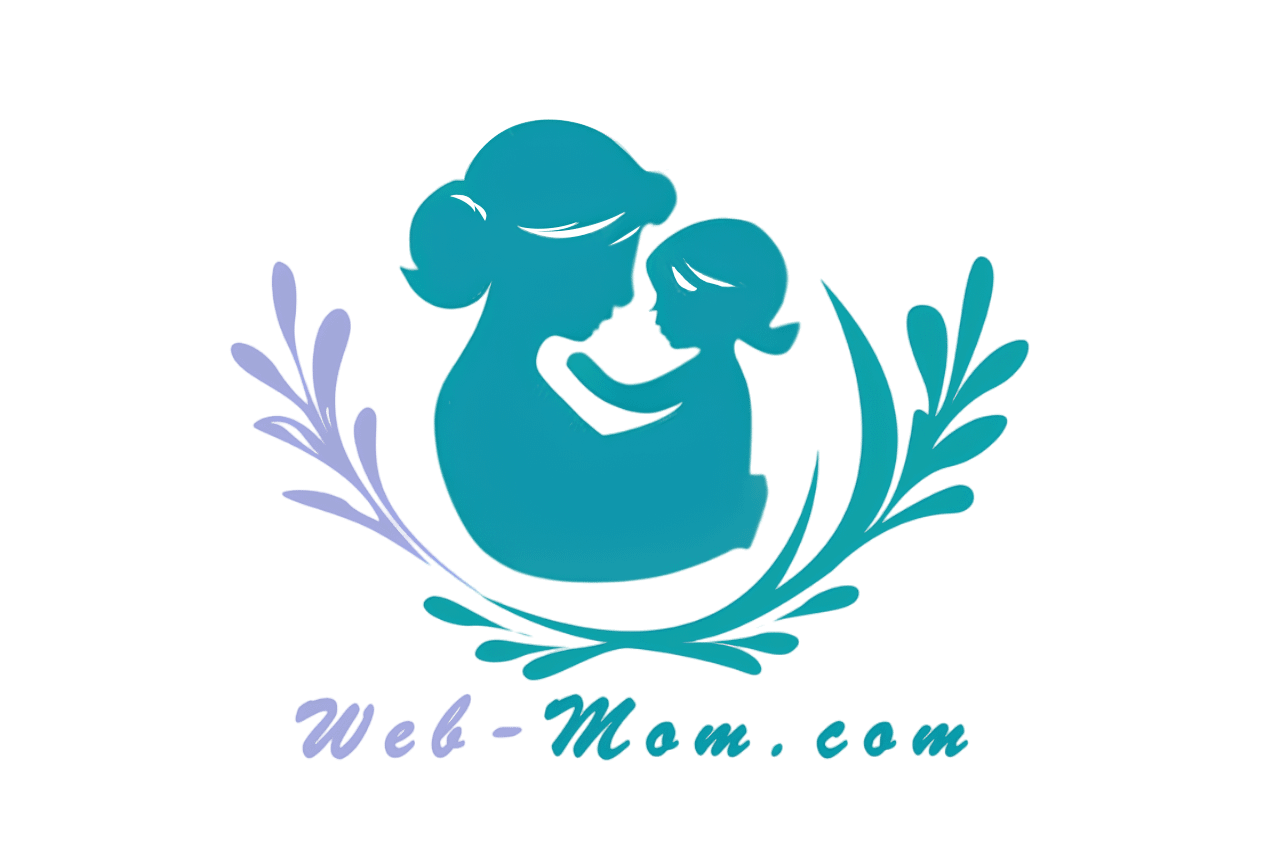
WEB-MOM – As a breastfeeding mothers, surely breastfeeding is a natural and rewarding way to nourish your baby, but it can also come with its own set of challenges. Whether you are a new mother or an experienced one, having the right information and support can make a significant difference in your breastfeeding journey. At Web-Mom.com, we aim to provide you with practical advice and tips to help you succeed in breastfeeding.
“Discover essential advice for breastfeeding mothers on Web-Mom.com. Learn about positioning, latching, overcoming challenges, and ensuring your baby’s health and comfort.”
In this article, we will cover the basics of breastfeeding, positioning and latching techniques, common challenges and solutions, dietary considerations, and tips for maintaining a positive breastfeeding experience.
Understanding Breastfeeding
Benefits of Breastfeeding
Breastfeeding offers numerous benefits for both the baby and the mother. Here’s why it’s highly recommended:
- Nutritional Superiority: Breast milk provides the perfect balance of nutrients and antibodies that support your baby’s growth and immune system.
- Bonding: Breastfeeding promotes bonding between mother and baby through close physical contact.
- Health Benefits for Baby: Reduces the risk of infections, allergies, and chronic conditions such as asthma and diabetes.
- Health Benefits for Mother: Lowers the risk of breast and ovarian cancer, aids in postpartum weight loss, and helps the uterus return to its pre-pregnancy size.
The Importance of a Good Start
Getting off to a good start can set the tone for a successful breastfeeding journey. Here’s what to focus on in the early days:
- Skin-to-Skin Contact: Initiate skin-to-skin contact immediately after birth to encourage the first breastfeeding session.
- Early Feeding: Try to breastfeed within the first hour after birth to stimulate milk production and bonding.
- Frequent Feeding: Offer the breast frequently, at least 8-12 times in 24 hours, to establish a good milk supply.
Positioning and Latching
Effective Breastfeeding Positions
Using effective breastfeeding positions can help ensure a good latch and comfortable feeding. Here are some common positions:
- Cradle Hold: The mother holds the baby’s head in the crook of her arm while the baby’s body lies across her lap.
- Cross-Cradle Hold: Similar to the cradle hold, but the mother uses the opposite arm to support the baby’s head, allowing for better control.
- Football Hold: The mother holds the baby under her arm, like a football, which can be helpful for mothers who had a cesarean section or have large breasts.
- Side-Lying Position: The mother and baby lie on their sides facing each other, which is ideal for nighttime feedings or if the mother is recovering from surgery.
Achieving a Good Latch
A good latch is crucial for effective breastfeeding and to prevent discomfort. Here’s how to achieve it:
- Align the Baby’s Body: Make sure the baby’s body is aligned with their nose to the nipple and their tummy facing the mother’s body.
- Support the Breast: Use your hand to support your breast, with your thumb on top and fingers underneath.
- Encourage a Wide Mouth: Gently touch your baby’s lips with your nipple to encourage them to open their mouth wide.
- Bring Baby to Breast: When your baby’s mouth is wide open, bring them to the breast (not the other way around) to ensure a deep latch.
- Check for Signs of a Good Latch: The baby’s mouth should cover most of the areola, not just the nipple, and you should hear regular swallowing sounds.
Common Challenges and Solutions
Sore Nipples
Sore nipples are a common issue for breastfeeding mothers. Here’s how to prevent and treat them:
- Ensure a Good Latch: A poor latch is the most common cause of sore nipples. Ensure your baby is latching deeply and correctly.
- Change Positions: Varying breastfeeding positions can help reduce pressure on sore areas.
- Use Lanolin Cream: Apply a lanolin-based cream to soothe and protect sore nipples.
- Air Dry: Allow your nipples to air dry after feedings to promote healing.
Engorgement
Engorgement occurs when the breasts become overly full of milk, causing discomfort. Here’s how to manage it:
- Frequent Feeding: Breastfeed often to keep milk flowing and prevent engorgement.
- Hand Expression: Use hand expression or a breast pump to relieve engorgement if your baby is not feeding well.
- Cold Compresses: Apply cold compresses between feedings to reduce swelling and discomfort.
- Warm Compresses: Use warm compresses or take a warm shower before feedings to help milk flow.
Low Milk Supply
Concerns about low milk supply are common, but there are ways to boost production. Here’s what to do:
- Frequent Feeding: Breastfeed or pump frequently to stimulate milk production.
- Ensure Proper Latch: Make sure your baby is latching properly to effectively remove milk from the breast.
- Stay Hydrated: Drink plenty of water and maintain a healthy diet to support milk production.
- Avoid Supplementing: Avoid supplementing with formula unless medically necessary, as it can reduce milk supply.
Overactive Letdown
Overactive letdown can cause your baby to choke or pull away from the breast due to a fast flow of milk. Here’s how to manage it:
- Nurse in a Reclined Position: Nursing in a reclined position can help slow the flow of milk.
- Express Before Feeding: Express a small amount of milk before feeding to reduce the force of the letdown.
- Take Breaks: Allow your baby to take breaks during feedings to manage the flow of milk.
Dietary Considerations for Breastfeeding Mothers
Balanced Diet
Maintaining a balanced diet is essential for your health and your baby’s growth. Here’s what to include:
- Variety of Foods: Eat a variety of foods from all food groups to ensure you get a range of nutrients.
- Protein-Rich Foods: Include protein-rich foods such as lean meats, poultry, fish, beans, and nuts.
- Fruits and Vegetables: Eat plenty of fruits and vegetables for vitamins, minerals, and fiber.
- Whole Grains: Choose whole grains like brown rice, whole wheat bread, and oatmeal for sustained energy.
- Healthy Fats: Include healthy fats from sources like avocados, nuts, seeds, and olive oil.
Hydration
Staying hydrated is crucial for milk production. Here’s how to ensure you’re drinking enough fluids:
- Drink Water Frequently: Aim to drink water throughout the day, especially before and after breastfeeding sessions.
- Limit Caffeine: Limit caffeine intake as it can affect your baby’s sleep and hydration.
- Healthy Beverages: Include healthy beverages like milk, herbal teas, and fruit-infused water.
Foods to Avoid or Limit
Certain foods and substances can affect your baby through breast milk. Here’s what to avoid or limit:
- Alcohol: Limit alcohol intake, as it can pass through breast milk to your baby. If you choose to drink, wait at least 2-3 hours before breastfeeding.
- Certain Fish: Avoid fish high in mercury, such as shark, swordfish, and king mackerel.
- Spicy Foods: Some babies may be sensitive to spicy foods, causing fussiness or digestive issues.
- Allergens: If your baby shows signs of an allergic reaction, consider eliminating common allergens like dairy, nuts, and soy from your diet.
Tips for Maintaining a Positive Breastfeeding Experience
Build a Support System
Having a strong support system can make a significant difference in your breastfeeding journey. Here’s how to build one:
- Seek Support: Join breastfeeding support groups, either in person or online, to connect with other breastfeeding mothers.
- Consult Professionals: Work with a lactation consultant or your healthcare provider for personalized advice and support.
- Involve Your Partner: Involve your partner in the breastfeeding process by educating them and encouraging their support.
Take Care of Yourself
Taking care of yourself is essential for maintaining a positive breastfeeding experience. Here’s what to focus on:
- Rest and Relaxation: Ensure you get enough rest and take time to relax to reduce stress and support milk production.
- Healthy Lifestyle: Maintain a healthy lifestyle with regular exercise, a balanced diet, and adequate hydration.
- Self-Care: Practice self-care activities that you enjoy, such as reading, taking a bath, or spending time with friends.
Manage Stress
Managing stress is crucial for both your well-being and your milk supply. Here’s how to manage stress effectively:
- Deep Breathing: Practice deep breathing exercises to relax and reduce stress.
- Mindfulness: Engage in mindfulness practices, such as meditation or yoga, to stay calm and centered.
- Seek Help: Don’t hesitate to seek help from family, friends, or professionals if you feel overwhelmed.
When to Seek Help
Persistent Issues
If you encounter persistent issues with breastfeeding, seek help from a professional. Here’s when to seek help:
- Painful Latch: If you continue to experience pain during breastfeeding despite trying different positions and techniques.
- Low Milk Supply: If you’re concerned about your milk supply and your baby’s weight gain.
- Baby’s Health: If your baby shows signs of poor weight gain, dehydration, or other health concerns.
Lactation Consultants
Lactation consultants are trained professionals who can provide specialized support. Here’s how they can help:
- Personalized Advice: Provide personalized advice and strategies to address breastfeeding challenges.
- Latch and Positioning: Help you achieve a proper latch and comfortable positioning.
- Support and Encouragement: Offer support and encouragement to boost your confidence and motivation.
Conclusion
Breastfeeding is a rewarding experience that provides numerous benefits for both mother and baby. At Web-Mom.com, we hope this comprehensive guide provides you with the advice and support needed to make your breastfeeding journey successful and enjoyable.
By understanding the basics of breastfeeding, mastering positioning and latching, addressing common challenges, maintaining a healthy diet, and building a support system, you can ensure a positive breastfeeding experience. Remember, every breastfeeding journey is unique, and it’s important to find what works best for you and your baby.
Thank you for visiting Web-Mom.com. We hope you find our articles helpful and inspiring as you navigate the joys and challenges of parenthood.

Web-Mom.com is a small blog, where you can find information to be a better parents. From parent to parents 🙂
Site Links
About Web-Mom
We always thinking, what will other parents do? How can they do it? So here we are, writing article from parents around the world. We know, you know.
Copyright 2024 web-mom.com


